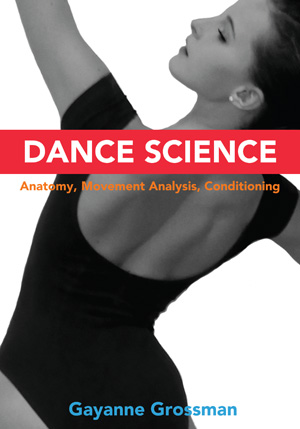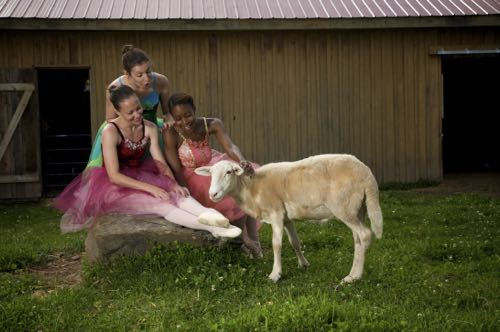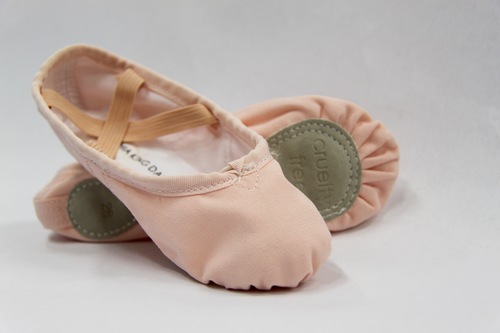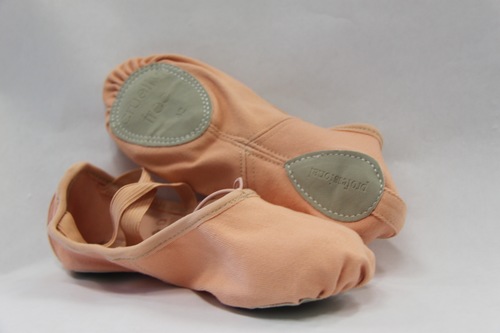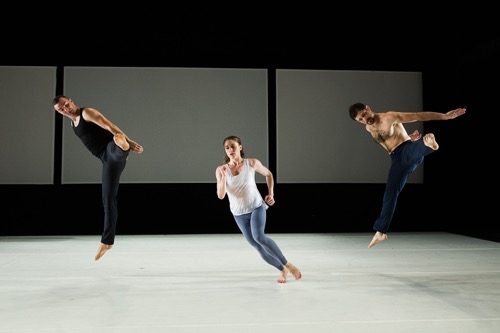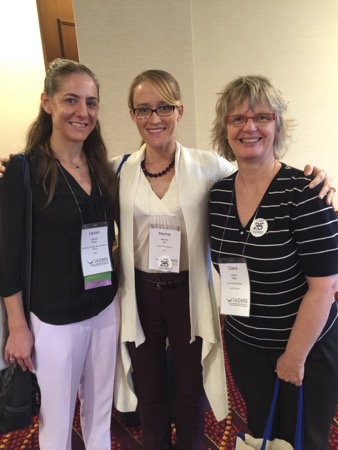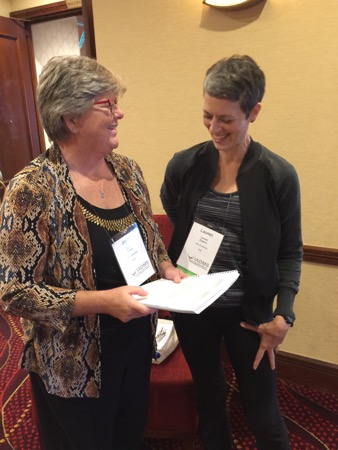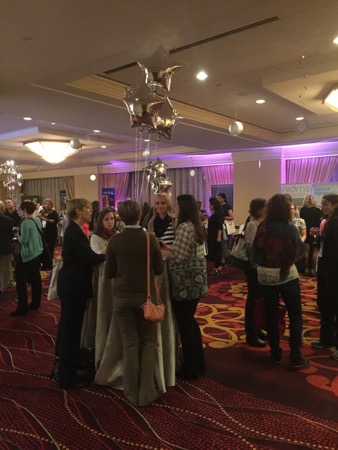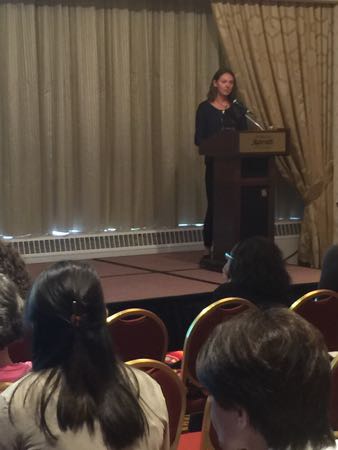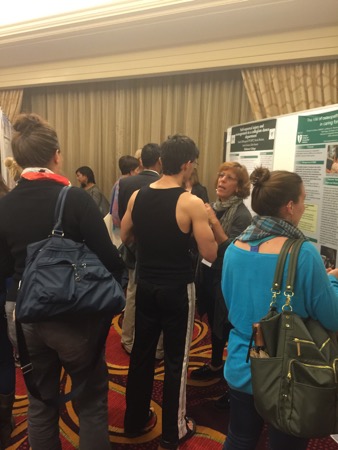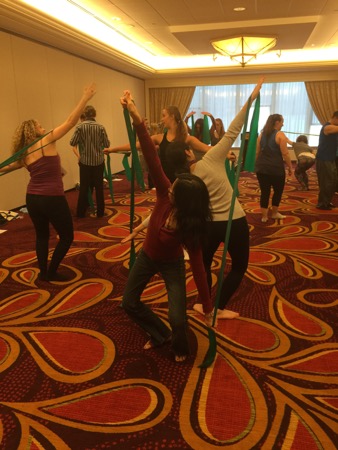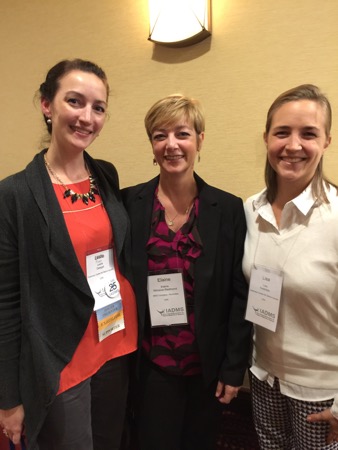
by Catherine L. Tully
The Joffrey Ballet opened its holiday classic, The Nutcracker on December 4th at the Auditorium Theatre. Many people have come to see this ballet as a “holiday tradition,” but next year Chicago will ring in a different version of this popular ballet…
A look back…
The current version of The Nutcracker was choreographed by Robert Joffrey in 1987. Performing the same version of this ballet for many years leaves a bittersweet feeling for many dancers as they look to the next season, and reflect on the past years…
This year’s opening night featured a combination of newer company dancers and those who have been around for a while in the cast. The underpinning similarity was that they were all radiant–from the party scene, through the finale. It can be challenging to bring a fresh approach to this ballet after so many years, but the energy was alive in well in the Auditorium on opening night. Of course, it certainly helps to have the live music provided by the Chicago Philharmonic, under the direction of Scott Speck.*
Joffrey’s production is indeed a beautiful one, complete with a stunning snow scene, lovely costumes, and many rich details. It has a very old-fashioned feel to it, which may make it a bit difficult to let go of in order to make room for the new production next year.
Looking forward…
That said, Joffrey has commissioned none other than Tony Award™ winning choreographer Christopher Wheeldon to re-envision the new Nutcracker for 2016, which definitely adds an air of anticipation and excitement to the mix. It also gives people in the Chicago area a unique opportunity to attend the last run of Joffrey’s old favorite one last time before they unveil the new version.
It should be a wonderful year to see this ballet, as the dancers will be putting their all into the roles that will be danced on the stage for the last time. A historic season!
Joffrey’s Nutcracker runs from now until December 27th. Both evening and matinee performances are available.
*Scott Speck is a contributing writer to 4dancers.org





